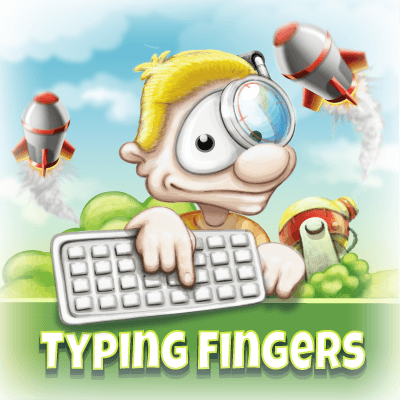What is Touch Typing?
Touch typing is a keyboarding technique that enables you to type without looking at the keys. This method involves assigning a specific area of the keyboard to each finger, enhancing speed, and accuracy through muscle memory.
The Benefits of Touch Typing
Mastering touch typing not only accelerates your typing speed but also boosts overall productivity. It extends beyond professional tasks, aiding in daily activities and reducing the risk of eye strain and fatigue.
Starting with Touch Typing
Begin by familiarizing yourself with the home row keys (ASDF for the left hand and JKL; for the right). Practice typing without looking at the keyboard, a skill that develops over time with mindfulness and persistence. Regular practice is key, as touch typing is deeply rooted in muscle memory.
Proper Posture and Hand Positioning
Maintain an upright posture with a straight back, keeping elbows bent at the right angle. Your wrists should be relaxed, with fingers curved over the home row keys. This posture not only aids in typing efficiency but also prevents strain injuries.
Enhancing Typing Speed and Accuracy
Accuracy is the foundation of speed in touch typing. As you become more familiar with the keyboard layout, your speed will naturally increase. Establish a rhythm and try to anticipate the next keys to press.
Drills and Exercises for Touch Typing
Engage in varied typing drills such as word, sentence, and paragraph exercises. Use typing tests to assess and improve your typing speed. Customize your drills to focus on areas where you need improvement, such as specific key combinations or challenging words.
Finger Placement Exercises
Incorporate finger flexibility exercises into your routine, like stretches and tapping. These exercises not only improve typing speed but also reduce the risk of repetitive strain injuries.
Additional Resources
Utilize online platforms like Typing Mentor, Ratatype, and Typing Study for structured lessons, tests, and games to enhance your touch typing skills.




